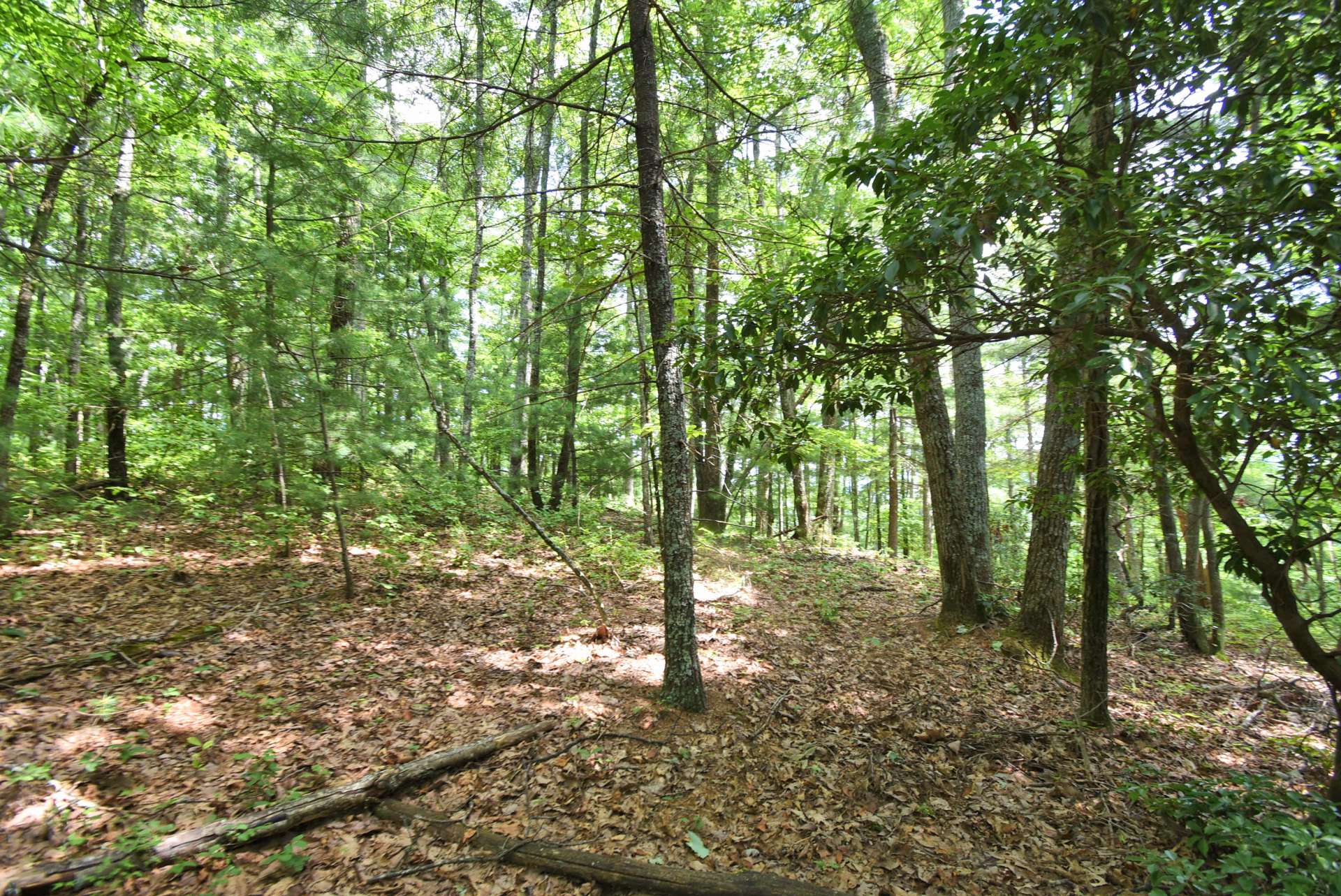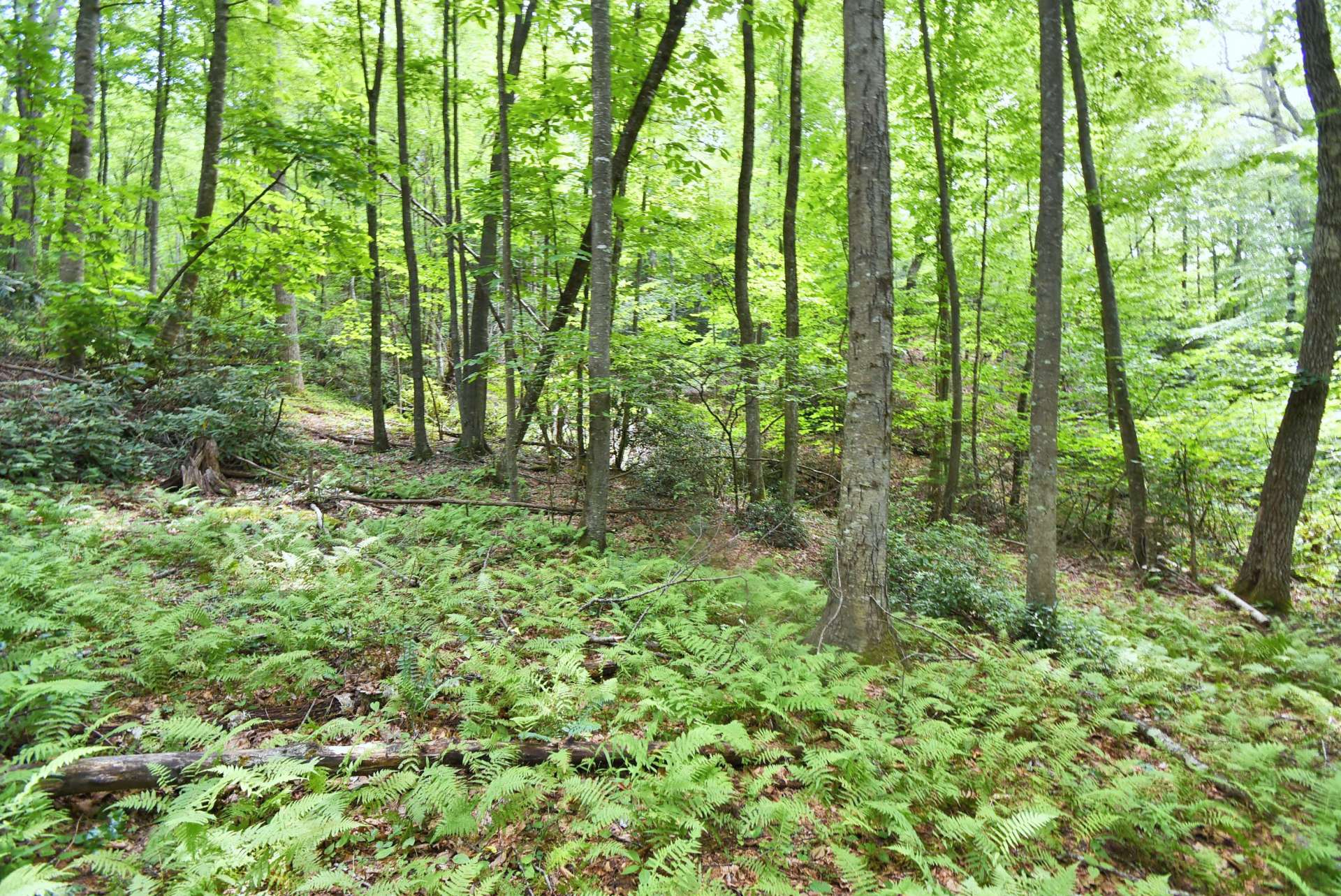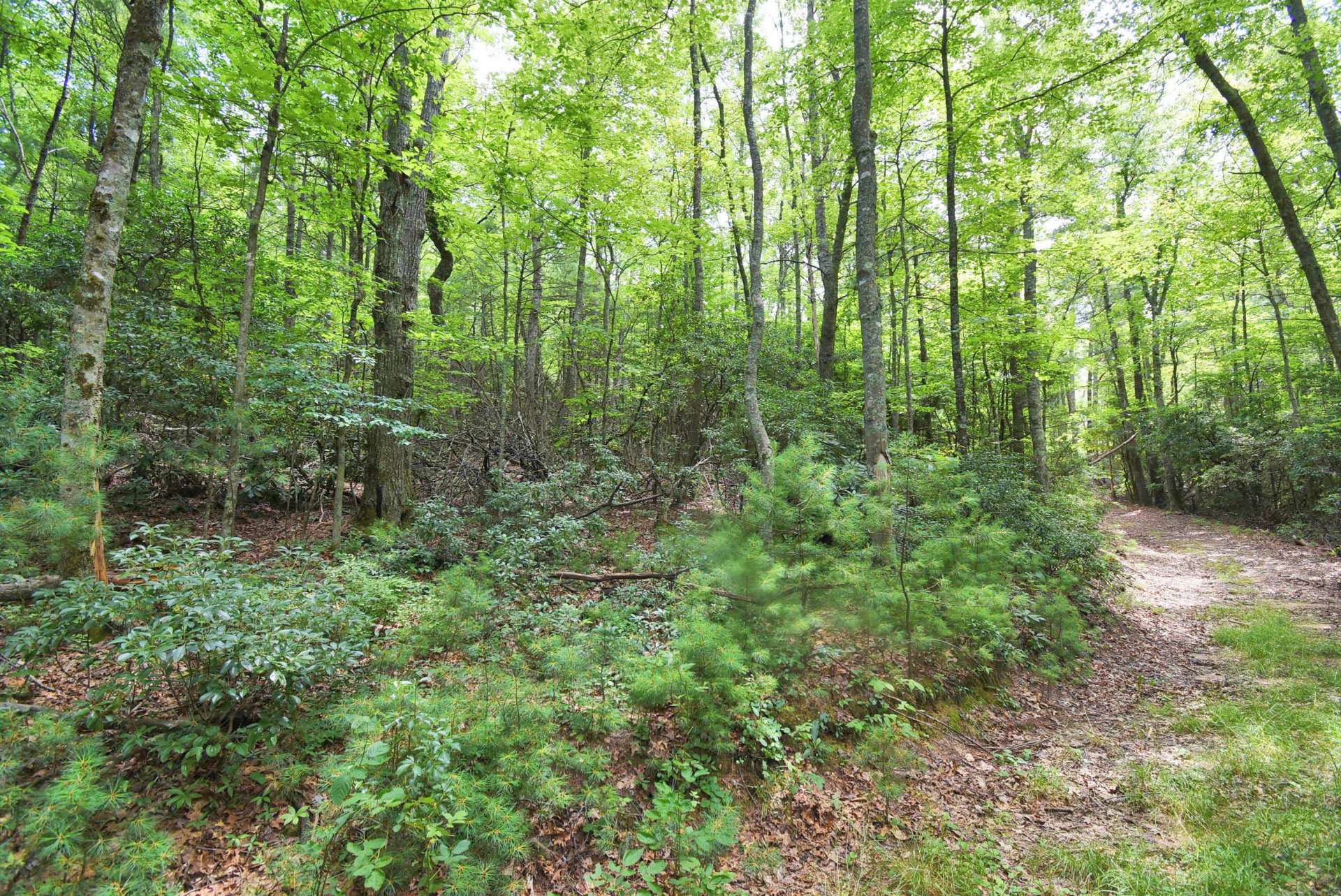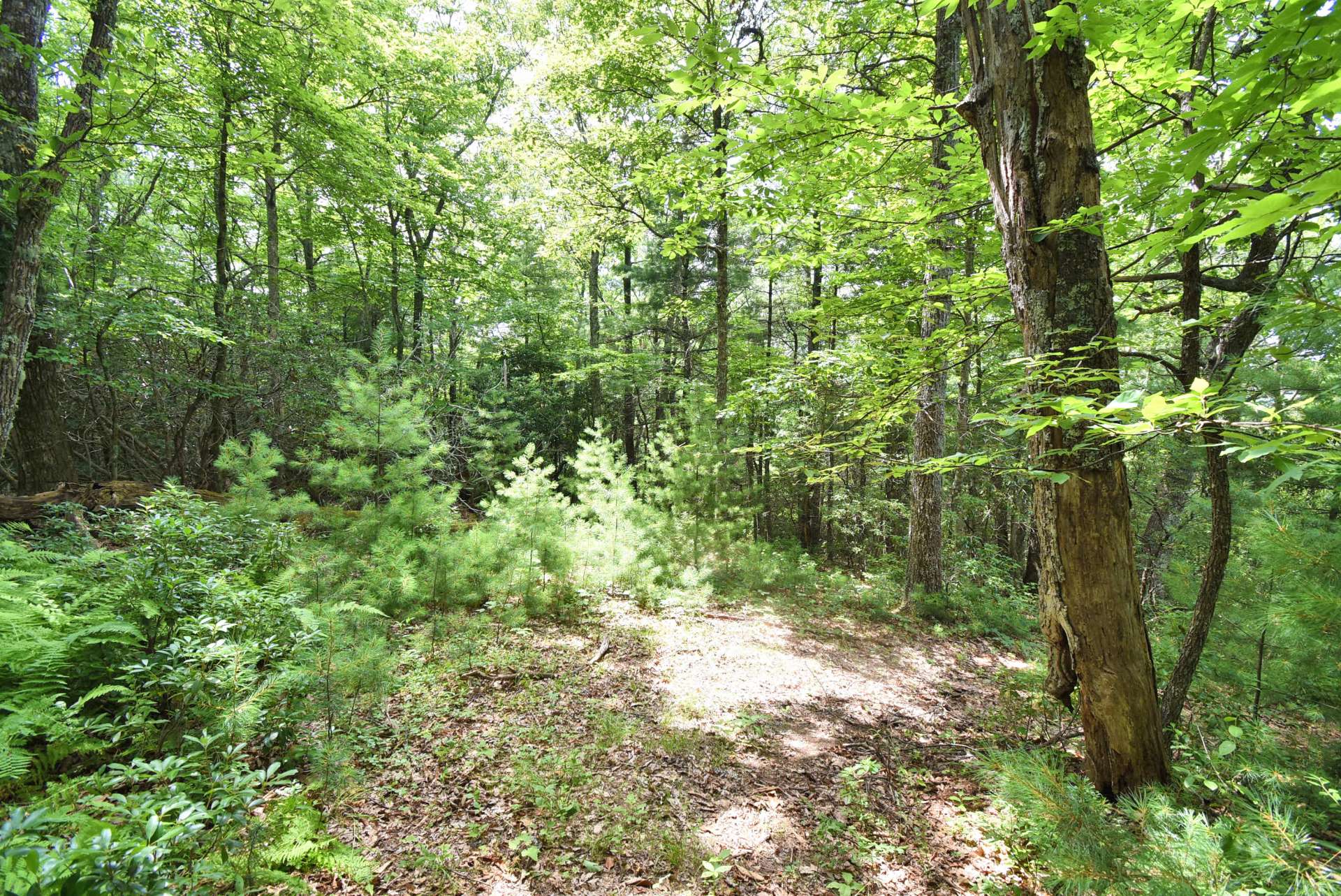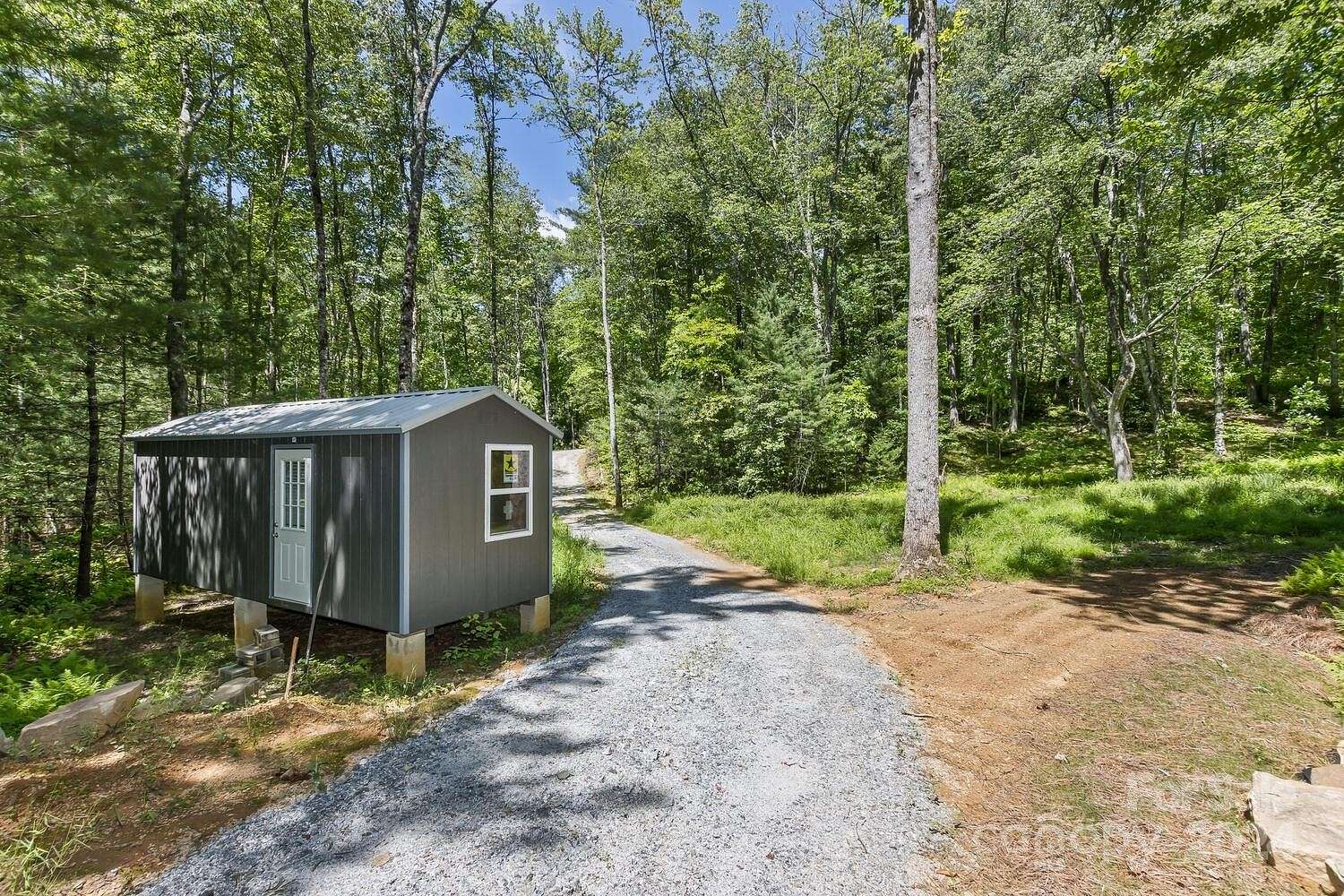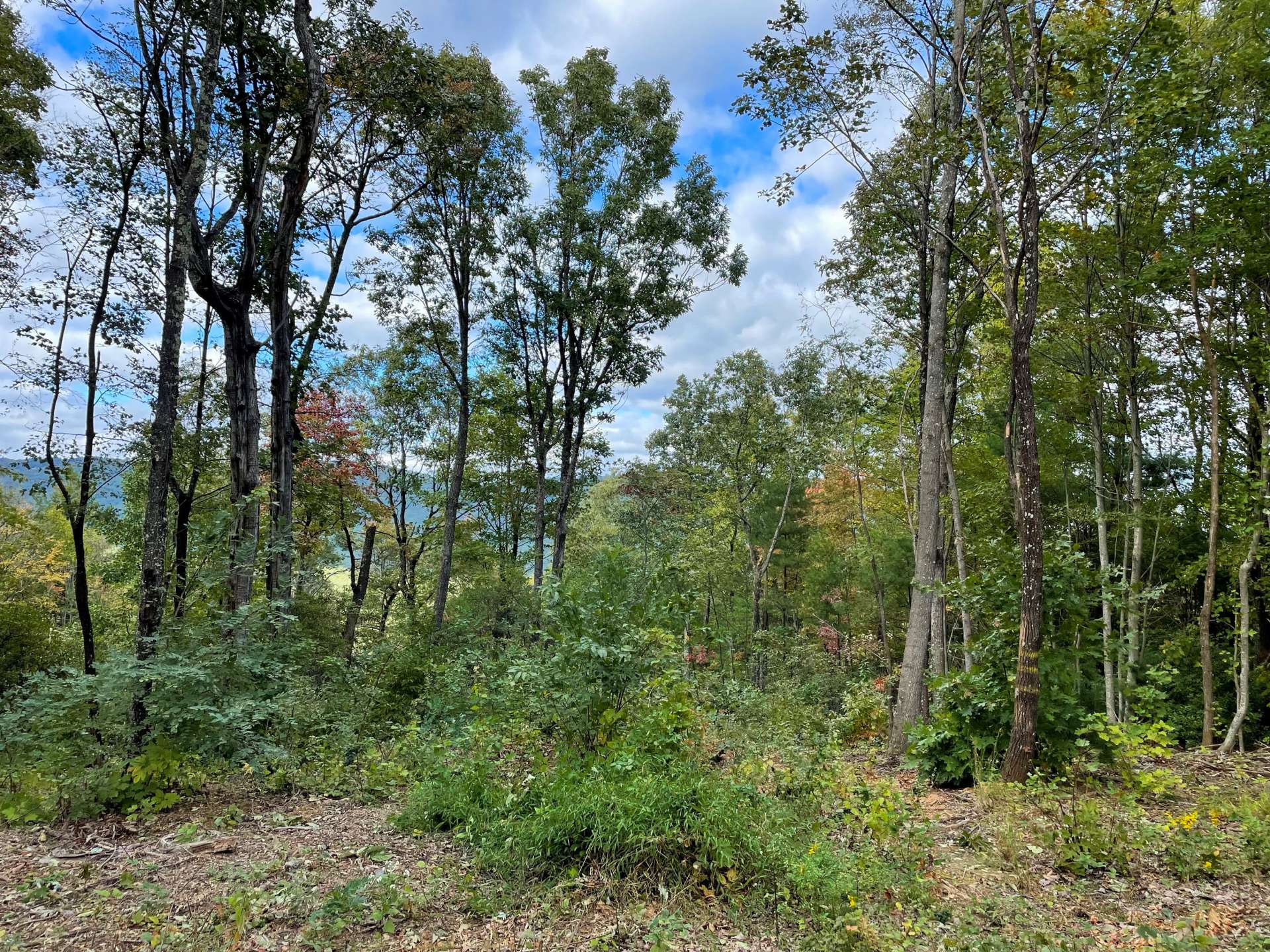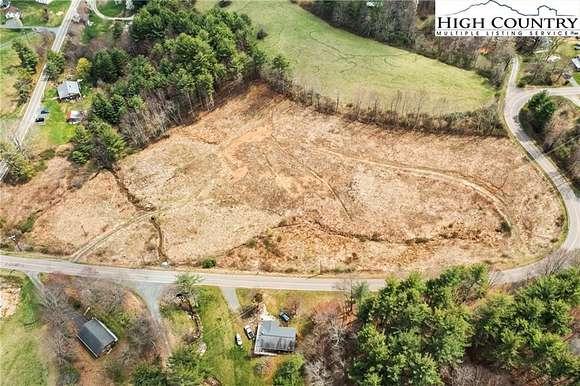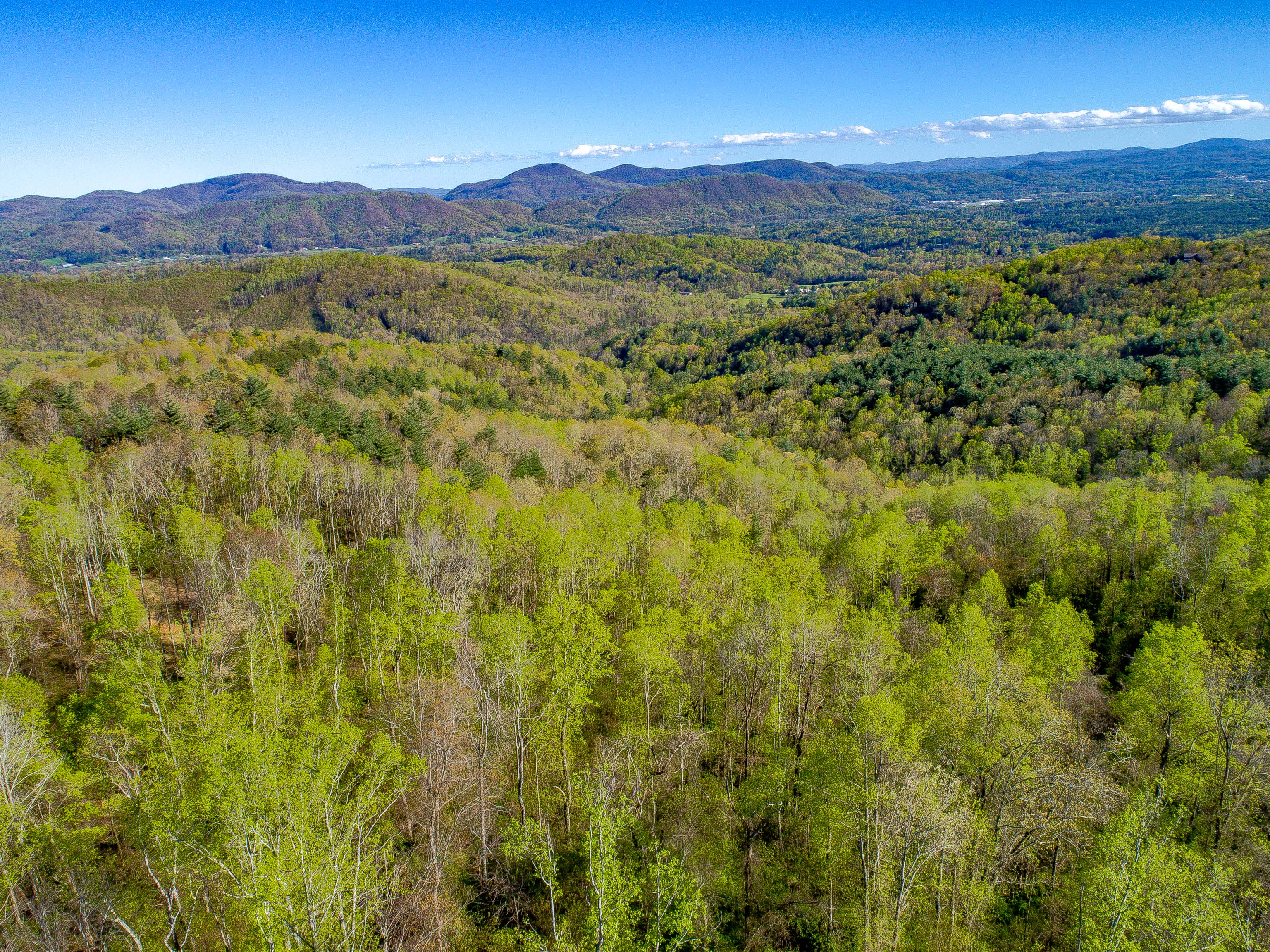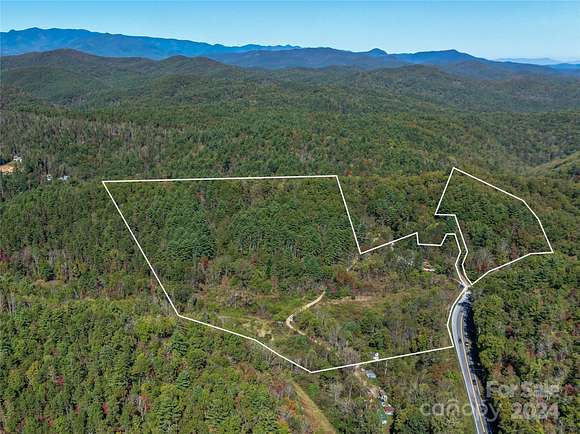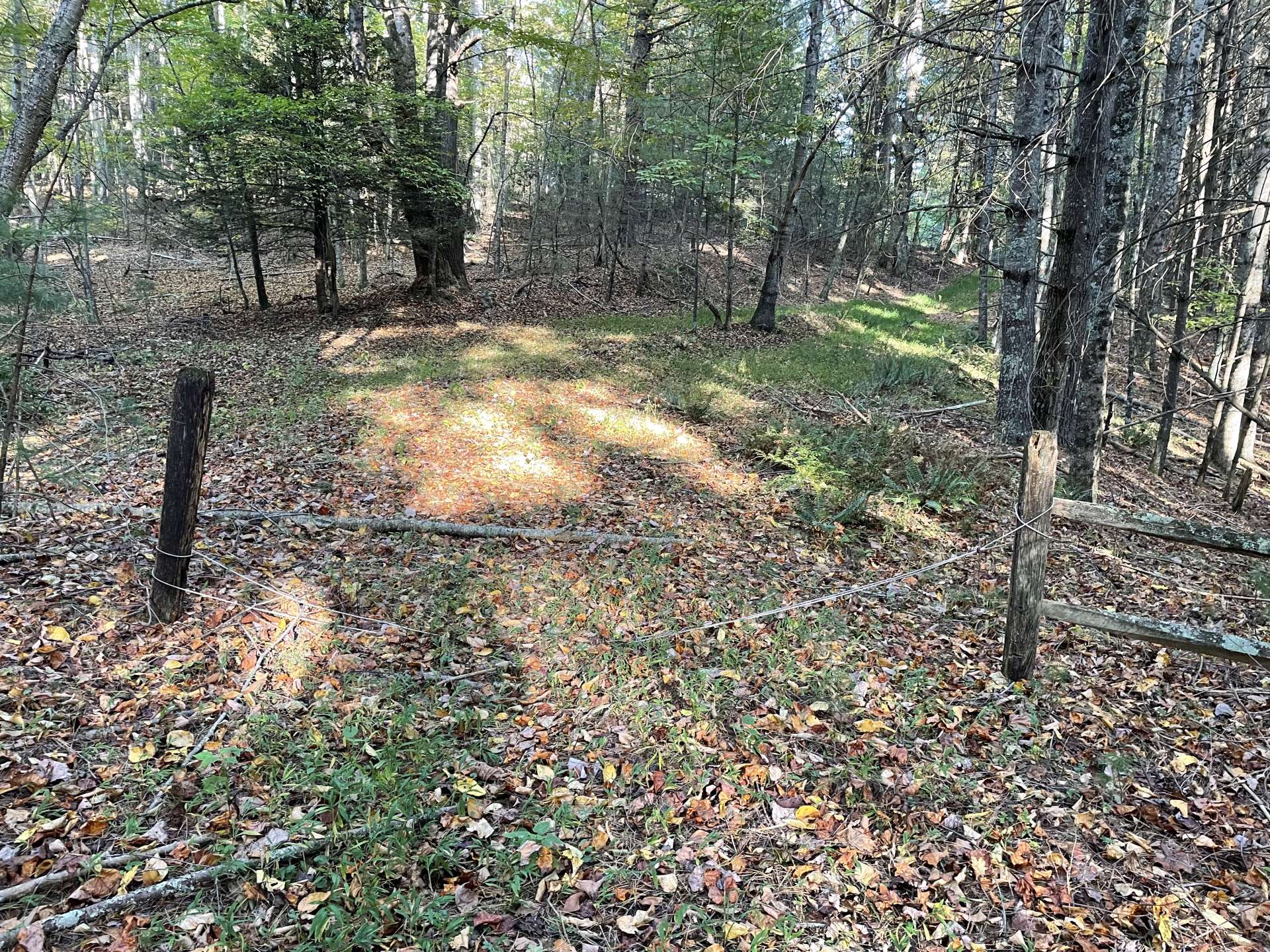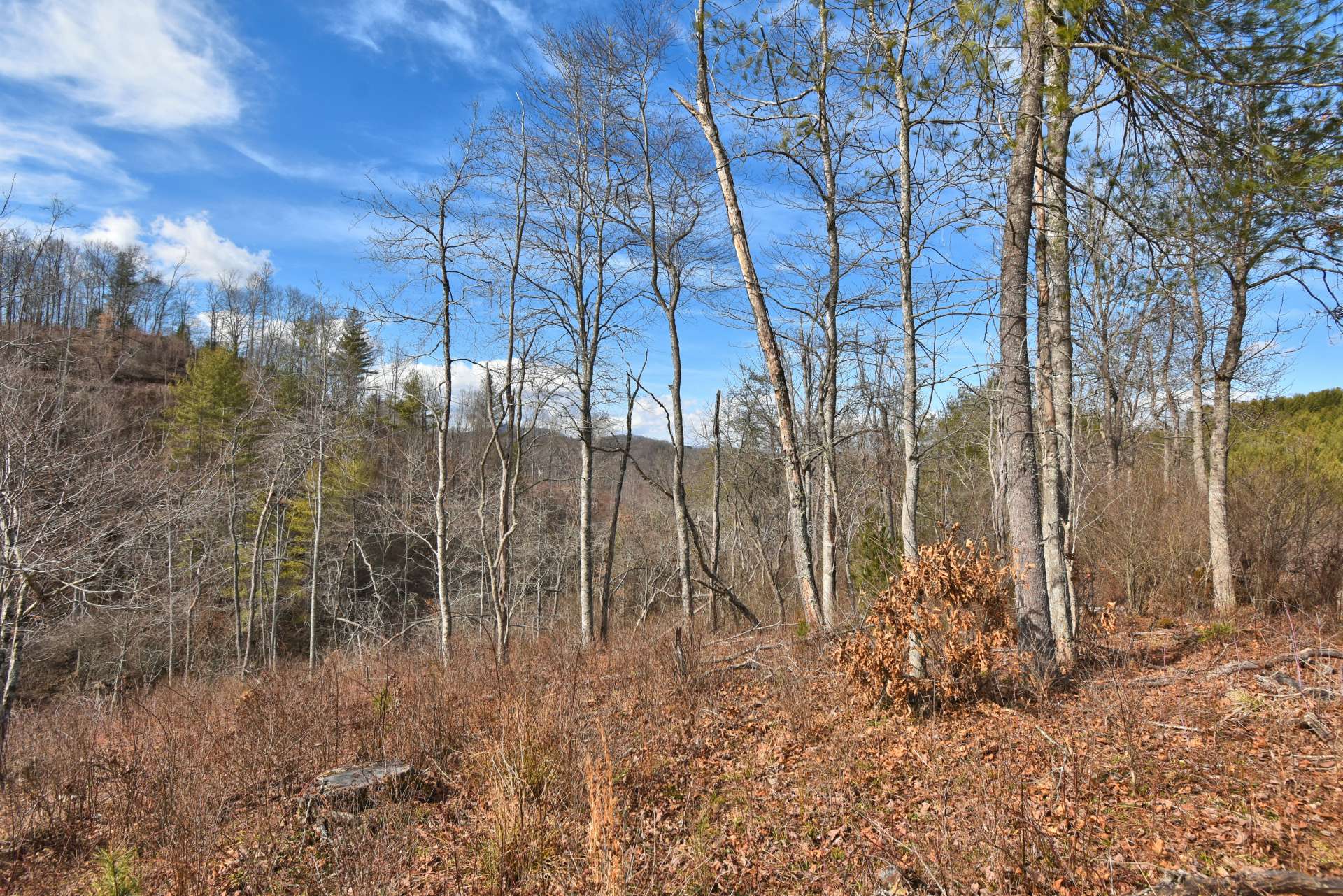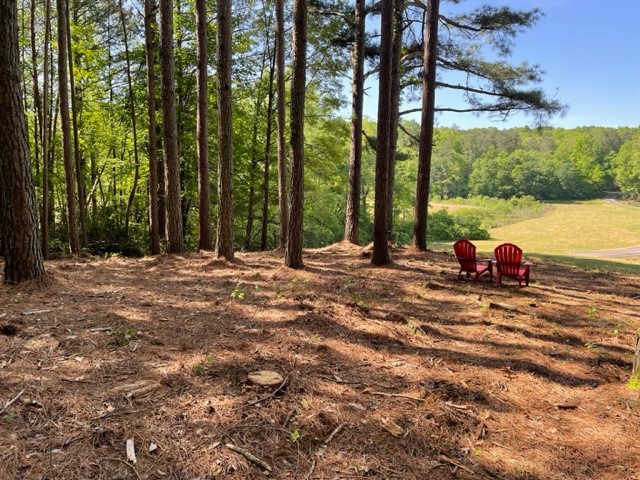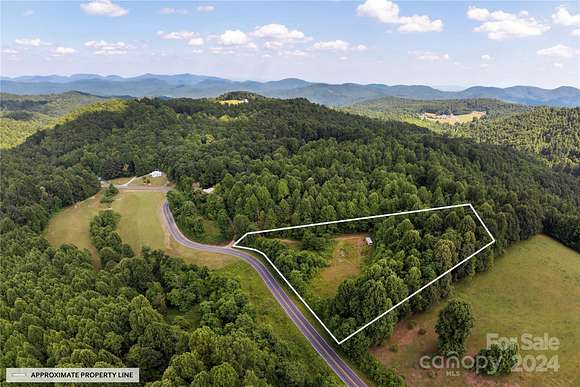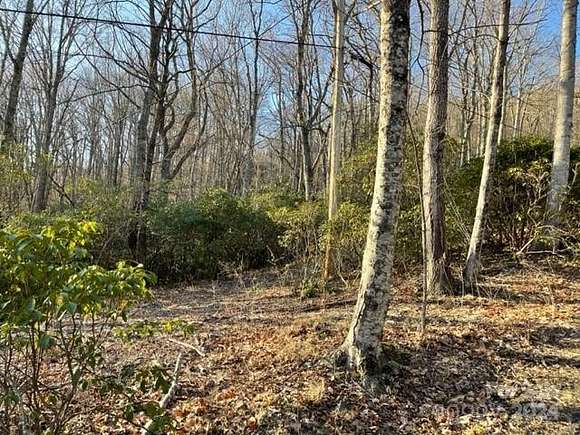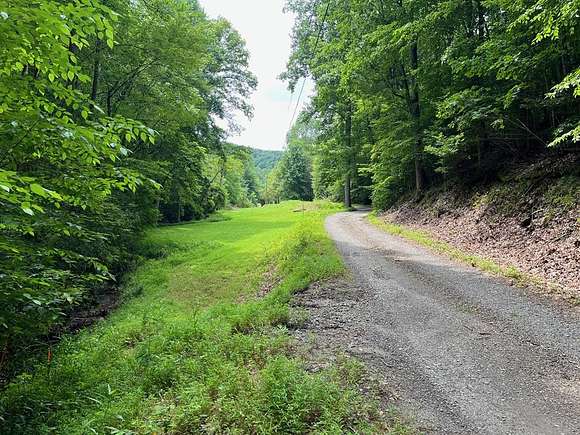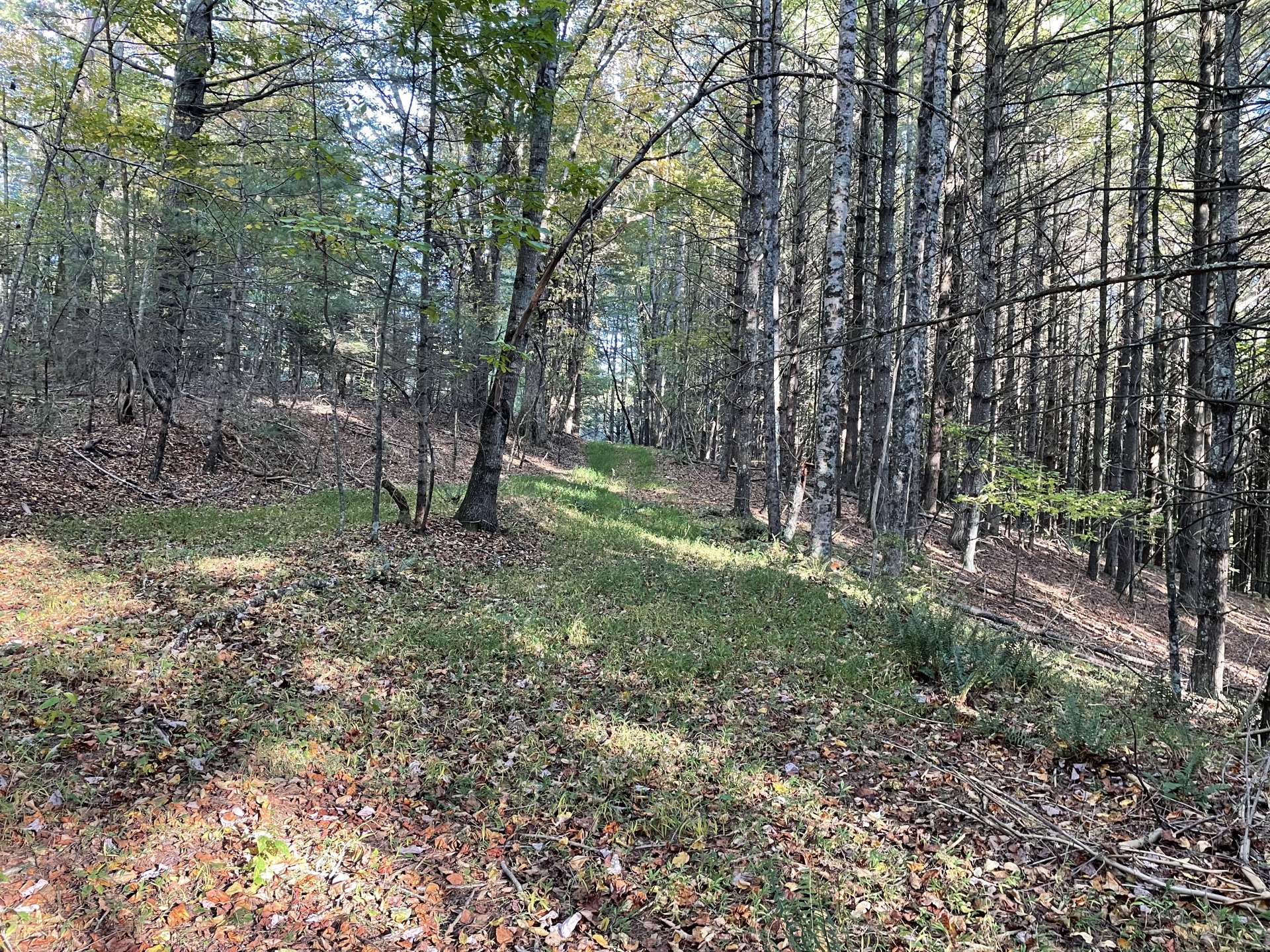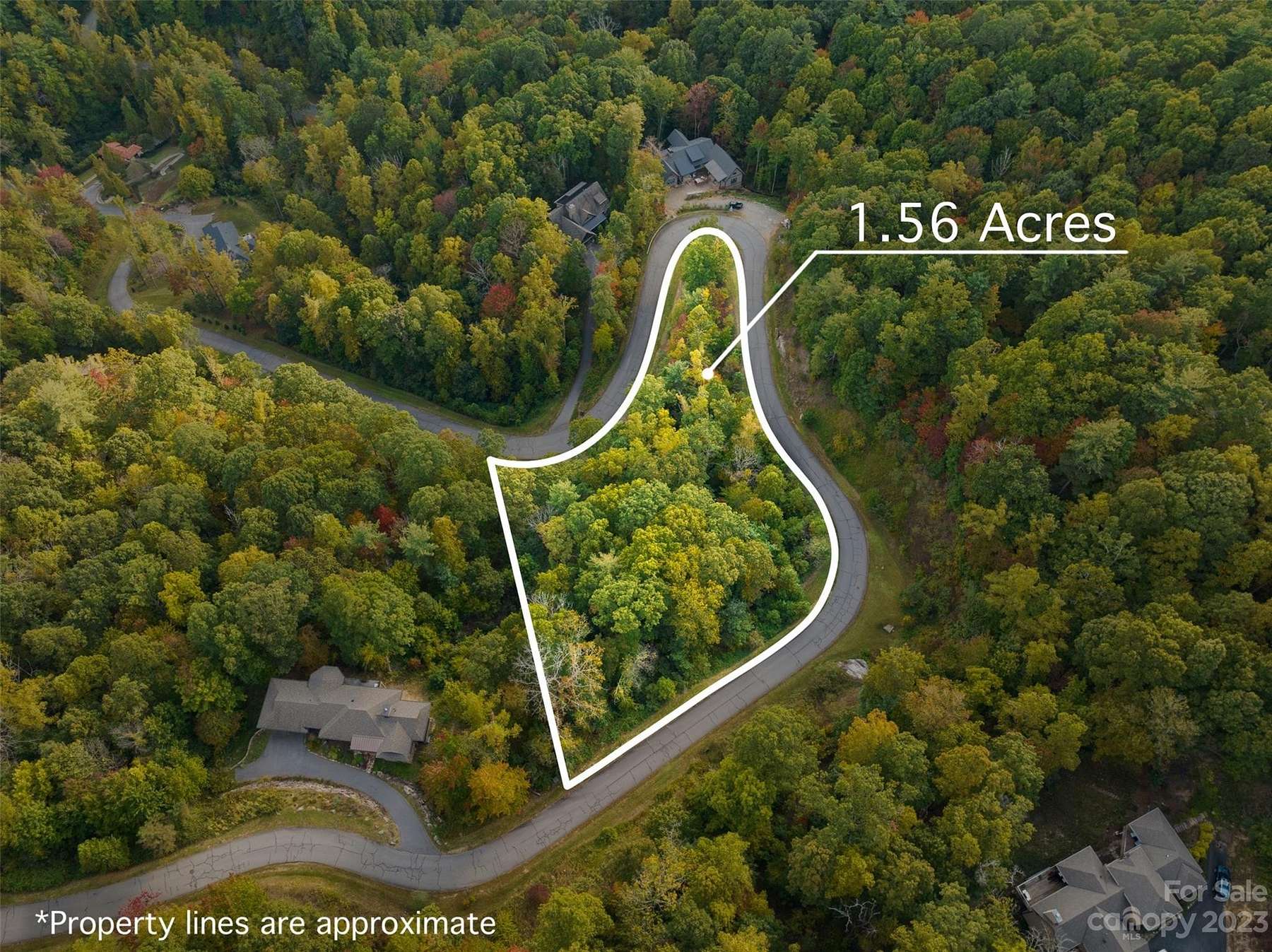Unrestricted Land For Sale Near Asheville Nc
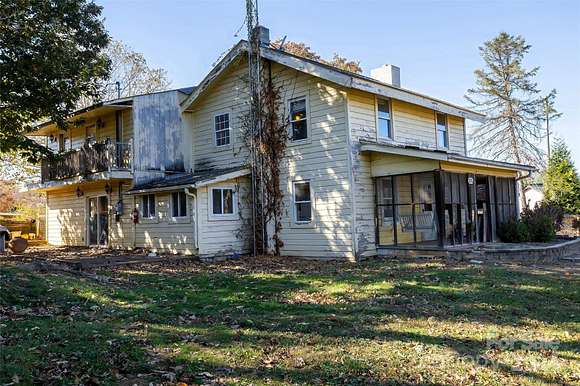
The allure of the Blue Ridge Mountains continues to draw prospective landowners to Western North Carolina, with a notable increase in the availability of unrestricted land parcels near Asheville. These tracts, free from many common zoning regulations and homeowner association constraints, offer a unique opportunity for buyers seeking autonomy and flexibility in their development plans.
This trend presents both possibilities and challenges for the region, impacting everything from housing affordability to environmental conservation efforts.
The Appeal of Unrestricted Land
What constitutes "unrestricted" land can vary, but generally refers to properties with minimal or no zoning ordinances dictating building types, sizes, or uses. This is particularly attractive to individuals and developers interested in alternative housing options like tiny homes, off-grid living, or unique commercial ventures.
The freedom to build without navigating stringent regulations is a significant draw for those priced out of Asheville's increasingly competitive housing market. Buncombe County property records show a 15% increase in land sales advertised as "unrestricted" in the past year, indicating growing demand.
Key Factors Driving the Market
Several factors contribute to the surge in interest. The remote work trend has enabled many to relocate, seeking a lifestyle closer to nature. The desire for self-sufficiency and sustainable living is another prominent driver.
The rising cost of traditional housing in Asheville proper makes outlying areas with less restrictive land policies more appealing to budget-conscious buyers.
Where to Find These Properties
Unrestricted land is most commonly found in the more rural counties surrounding Asheville, including Madison, Haywood, and Yancey. These areas, while offering stunning natural beauty, are often further from city amenities and may require significant infrastructure development, such as well and septic systems.
Real estate agents specializing in land sales are seeing increased inquiries for these types of properties. Online listings also reflect the growing availability of these tracts, with descriptions often highlighting the lack of restrictions and potential for various uses.
Potential Benefits and Drawbacks
The freedom offered by unrestricted land comes with both advantages and disadvantages.
Benefits: Greater flexibility in building design and usage, potential for lower development costs due to fewer regulatory hurdles, opportunity for unique and personalized living spaces, increased privacy and self-sufficiency.
Drawbacks: Potential lack of community infrastructure and services, responsibility for all utilities (well, septic, power), potential for conflicts with neighboring properties due to lack of zoning regulations, environmental concerns related to unregulated development.
Environmental and Community Impacts
One of the key concerns surrounding unrestricted land development is its potential impact on the environment. Without zoning regulations, there is a risk of overdevelopment, deforestation, and water pollution.
The Southern Environmental Law Center has expressed concerns about the lack of oversight and the potential for environmental damage, particularly in sensitive watershed areas. They advocate for responsible land stewardship and the implementation of best management practices to mitigate negative impacts.
Local communities may also experience strains on existing infrastructure as more people move into these areas. Increased traffic, demand for emergency services, and the need for improved road maintenance are all potential consequences.
Navigating the Purchase
Purchasing unrestricted land requires due diligence. Buyers should conduct thorough research, including a title search to ensure clear ownership. Soil testing is crucial to determine suitability for septic systems.
It is also advisable to consult with local authorities to understand any applicable building codes or regulations, even if the land is advertised as unrestricted. Understanding local regulations ensures that development plans align with community standards and environmental protection guidelines.
Buyers should carefully consider the long-term implications of owning unrestricted land. While the initial freedom may be appealing, it is important to factor in the costs and responsibilities associated with developing and maintaining the property. This includes obtaining necessary permits for well and septic systems, ensuring access to utilities, and addressing potential environmental concerns.
The Future of Unrestricted Land in Western North Carolina
The availability of unrestricted land near Asheville is likely to remain a draw for those seeking a more autonomous and flexible lifestyle. However, it also presents challenges for the region in terms of environmental protection, community development, and housing affordability.
As demand continues to grow, it is crucial for local governments and community organizations to address these issues through responsible land use planning, sustainable development practices, and collaborative efforts to balance individual freedoms with the needs of the wider community.
"We need to find a balance between allowing people to exercise their property rights and protecting the natural resources that make this region so special," stated Mayor Esther Manheimer of Asheville in a recent town hall meeting.
"That requires thoughtful planning and a commitment to responsible development."
The market for unrestricted land represents a complex interplay of individual aspirations, economic forces, and environmental considerations. Its trajectory will depend on how effectively these factors are managed to ensure a sustainable and equitable future for Western North Carolina.
